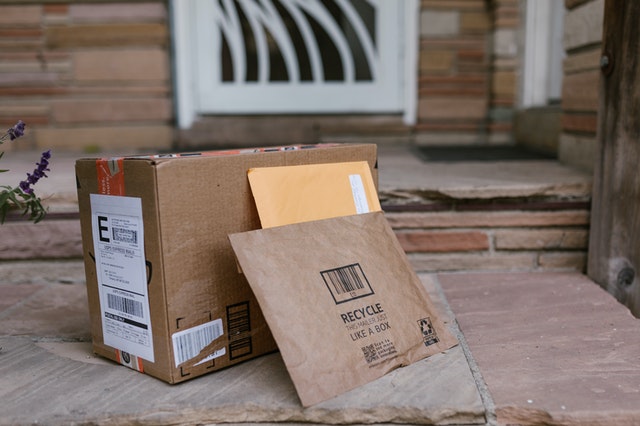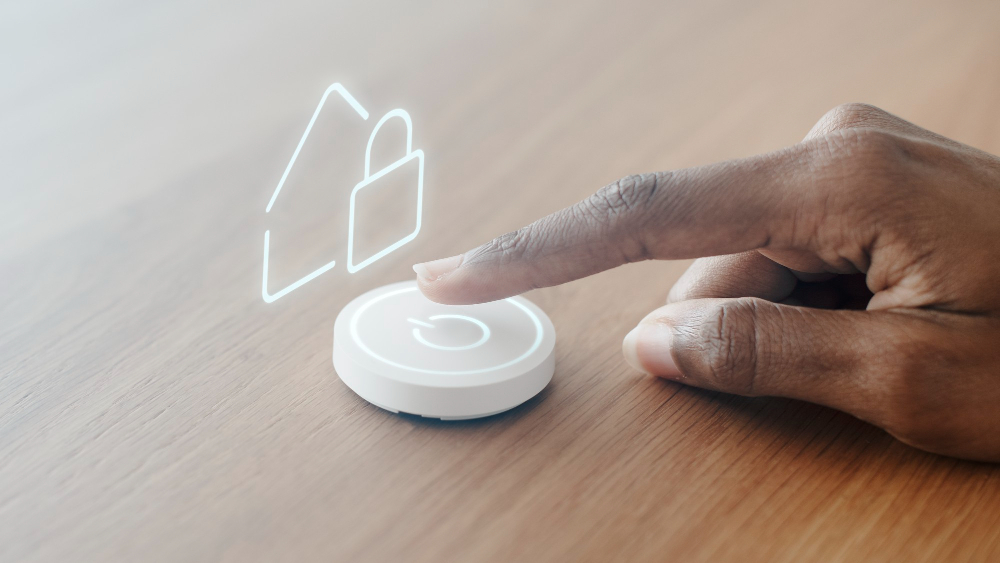It seems like smart technology is all around us these days—it pops up in offices, restaurants, and even our homes. We use tablets to read books, phones to look up recipes, and smart speakers to turn off lights. While all these different devices have distinct purposes and uses, they all have one thing in common: they connect to Wi-Fi. And that means they can be hacked. That’s right—everything from your smart locks to Alexa to your smart refrigerator.
It’s estimated that more than 50 percent of households in the United States will be considered smart by 2021, and a study published in Smart Card Research and Advanced Applications found that many of these devices can be hacked in 30 minutes or less. Here are a few of our best tips for preventing your smart home from being hacked.
Decide What You Really Need
It’s easy to get caught up in the smart home trend, but many of these devices are very easy to hack, so ask yourself what you really need on your network. While it may seem more convenient than not to have tons of devices connected, a breach in one can give hackers access to your entire system. That means the dishwasher can give someone access to the tablet and computer that are connected to the same Wi-Fi network. So the fewer unnecessary devices—and thus entry points—you have in your network, the safer your whole setup will be.
Consider a VPN
If you use a variety of devices (especially security-related smart technology), you might want to take a leaf from the business sector’s book. When businesses both large and small deal with a lot of entry points and data, they’ll often use a business VPN to keep things encrypted. A VPN, or virtual private network, is much more secure than a standard residential internet connection. Regular connections can be monitored or infiltrated, while a VPN keeps all data sent private.
You can look into a business-level solution if you run a home business or have dozens of connected devices, but personal VPN options will likely work fine for the majority of smart home owners.
Use Strong Passwords and Extra Authentication
Whether you use a password manager to choose a random string of letters, numbers, and symbols or create a unique password of your own, the stronger the password, the less likely it will be hacked. And don’t forget to adjust the default password on all of your devices—even your washer and dryer!
Adding extra authentication (often called two-factor authentication or 2FA), like requiring a code be sent to your cell phone or activating a fingerprint passcode feature, can also make it even more difficult for an outside party to access your information.
Always Keep Your Devices Updated
Cybersecurity is one of the IT trends to stay on top of this year. Go through your devices on a regular basis and install any security updates that might be offered. This will ensure that your software is current and therefore protected from any newly emerged threats.
This applies to your router, too—not just the devices connected to it. Updating your router firmware as soon as updates are released is a good idea, and if the manufacturer stops offering update support, consider upgrading to a newer model entirely.
Keep Your Cell Phone Secure
Many smart home devices can be managed through your phone, which means you need to keep your phone secure. Add a password or activate the fingerprint passcode so that if you lose your phone, a stranger can’t remotely access your home.
Public Wi-Fi is unsecured and easily hacked, too, so turn off the “automatically connect” feature on your phone so that you don’t accidentally connect to a network when you walk into a coffee shop. If you have the data for it, consider getting a mobile hotspot from your cellular provider, which lets you create a private internet network that you can use anywhere you get cell service.
Use a Separate Email Address for Your Devices
Create a separate email from your main address, and carefully segment which email you use to sign up for new accounts for your smart devices. Linking those devices to an email that you don’t regularly use to sign up for other lists or services can help reduce the risk of hackers accessing the email and account info for your smart network.
While getting hacked can be a scary thought, taking the precautions listed here will make it easier than you think to keep your home (and family) safe.
This is a guest post from Elaine Thompson. Elaine is a digital journalist with a technical writing background. She currently focuses on all things sustainability and tech and has written for multiple online publications. You can learn more about Elaine and her work at LinkedIn and Twitter.




